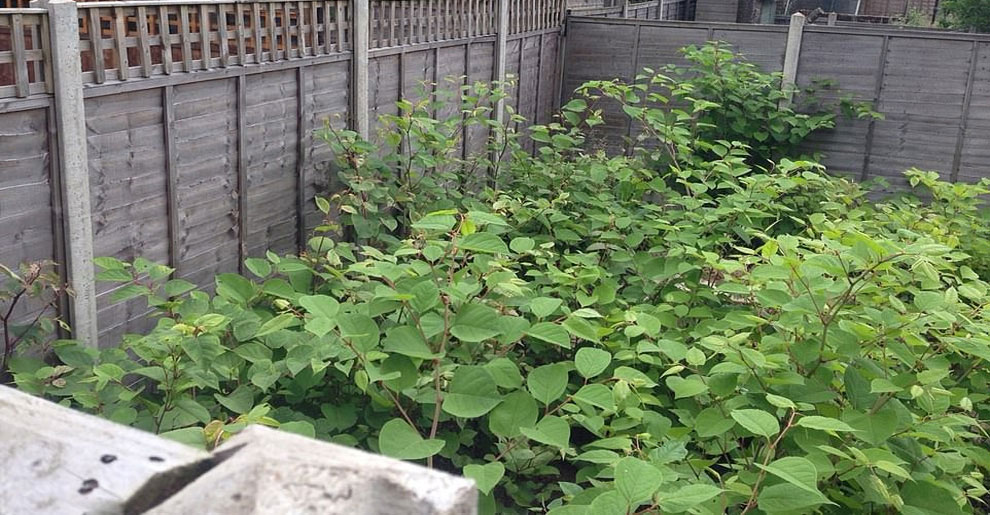Japanese knotweed – will this grow in the form of a claim against you?

Homeowners have long faced concerns on the issue of Japanese knotweed. It is an aggressive weed that can grow up to 10cm a day and is the most invasive plant species across the UK. It is infamous for its propensity to spread and cause damage to building structures. As well as damage, it can in some cases devalue the property to the extent that it can render it unmortgageable. It is estimated to cost the country approximately £166 million annually.
The recent judgment in the case of Downing v Henderson underlined concerns for homeowners when buying and selling a property. In this case, the purchaser Jonathan Downing bought a 3-bedroom house in South West London for £700,000 only to discover that Japanese knotweed had been growing behind the garden shed. Mr Downing successfully sued the seller for misrepresentation, leaving the buyer facing a £200,000 court bill.
The all-important Japanese knotweed enquiry
As part of the conveyancing process, the seller is required to respond to a query as to whether or not the property is affected by Japanese knotweed on the Property Information Form (known as TA6 form).
Is the property affected by Japanese knotweed?
Yes No Not known
If Yes, please state whether there is a Japanese knotweed management and treatment plan in place and supply a copy with any insurance cover linked to the plan.
Yes No Not known Enclosed To follow
If you are selling a property and you are unsure whether Japanese knotweed exists, you should always tick ‘Not known’ on the TA6 form. Homeowners should only answer ‘No’ if they are categorically certain there is no Japanese knotweed in or within 3 metres of the boundary of the property.
The recent case of Downing v Henderson highlights the significance of answering this enquiry honestly and that the court will not look favourable upon a seller if they fail to declare the existence of this species. Mr Henderson answered ‘No’ to the above question asking if the property had been affected by Japanese knotweed. It later transpired when Mr Downing moved in that there was knotweed at the rear of the property. Mr Henderson claimed he could not see it because of the large bush. However, it emerged in court that the knotweed may previously have stood up to 2 metres tall and there was evidence that it had been treated with herbicide in the past. The judge dismissed Mr Henderson’s defence on the basis that he did not genuinely believe his property had not been affected by knotweed at the time he sold it.
What buyers should do to protect their position?
If you are purchasing a property, you should always instruct a building survey to uncover any underlying issues. The survey must include the garden and if at all possible the gardens of adjoining properties. This is to eliminate the presence of Japanese knotweed affecting the structure of the property as well as the presence of any other issues in the grounds.
As a buyer, you must also ensure that your building insurance policy includes cover for treatment of Japanese knotweed if discovered. This may of course be a requirement of your lender in any event as they may not be willing to lend if the building insurance policy does not cover Japanese knotweed.
If you would like any more information relating to this article then please feel free to contact me: Telephone – 020 8221 8089, via email, or visit my profile.
This is not legal advice; it is intended to provide information of general interest about current legal issues.
